Acanthus are perennial plants prized both for their dissected foliage and for their impressive flower spikes, which provide structure throughout summer.
Easy to grow and fast-growing, they fit into all types of garden, from the most rustic to the most exotic, from classic to highly graphic. Their architectural habit will add verticality in borders, hedges, flowerbeds or even as a specimen. Only container cultivation is not recommended, acanthus preferring deep soils because of its long, running root system.
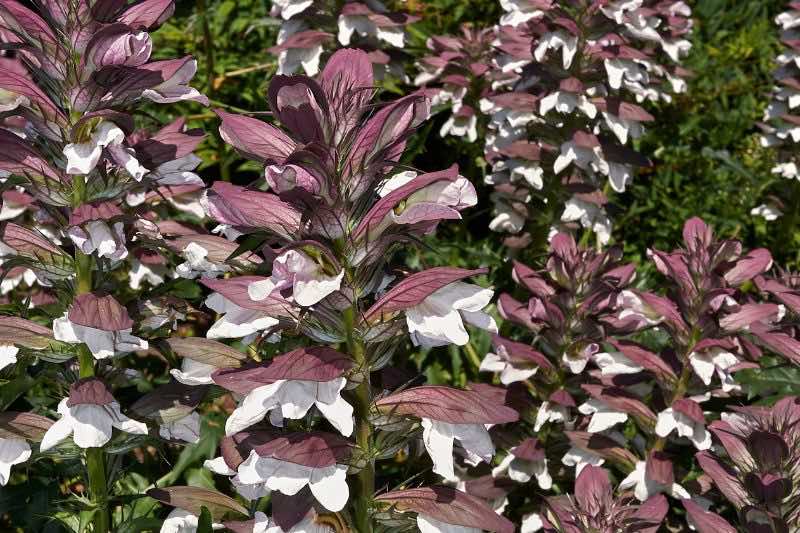
Acanthus are among plants very easy to sow, and will also multiply naturally in garden if they thrive. Discover the steps to succeed in sowing and harvesting acanthus seeds.
Which acanthus to choose for sowing?
There are around thirty different acanthus species, but not all are grown in gardens.
For sowing, choose for example:
- the soft-leaved acanthus (Acanthus mollis), one of best-known with its imposing silhouette and white-purple flowers, its flower spike can reach up to 2 metres in height;
- the variety ‘Hollards Gold’, with bright golden foliage;
- the cultivar ‘Tasmanian Angel’, with attractive foliage variegated in white, cream and green;
- the Hungarian acanthus, a reliable choice with white flower spikes topped by spiny bracts of a faded pink;
- Acanthus sennii, a lesser-known but equally ornamental species with thistle-like foliage and flower spikes of a beautiful vermilion red.
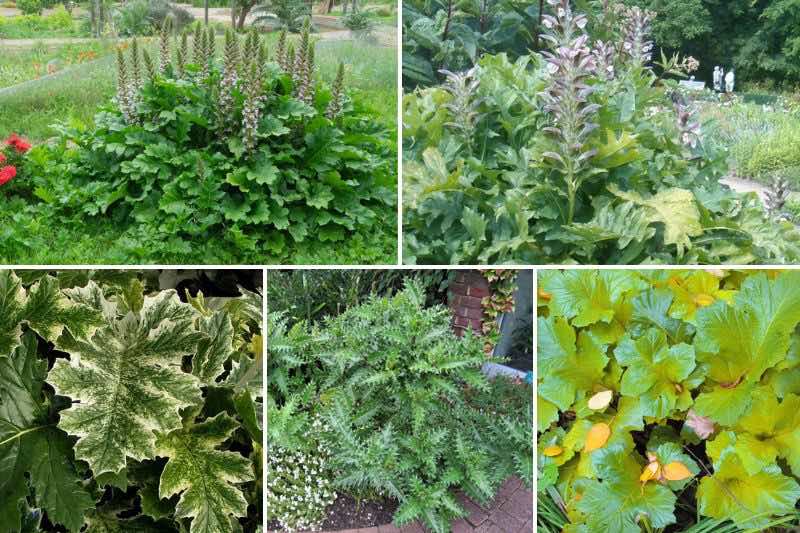
Harvesting acanthus seeds
Harvest acanthus seeds in autumn, once flowers have faded. Collect once capsules are well formed, but before they split and scatter their seeds everywhere.
Store seeds in an envelope or paper bag. Keep in a dry place at room temperature until following spring.
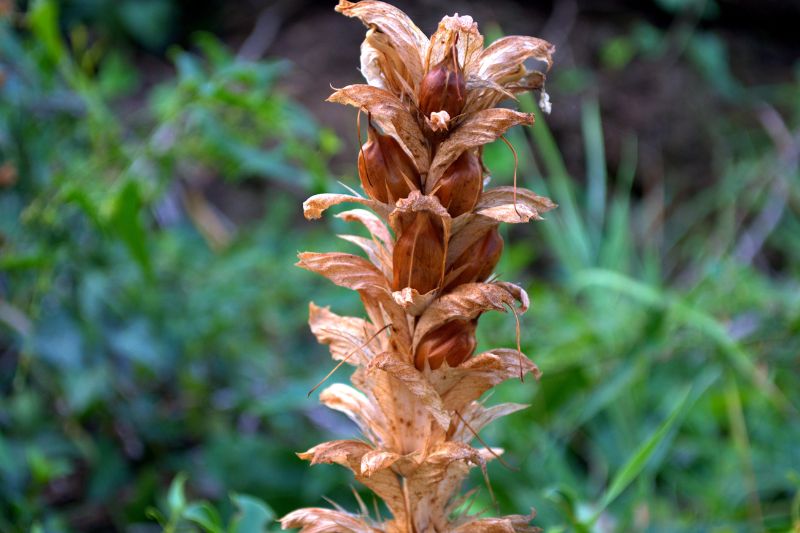
When to sow acanthus?
Under cover
In a greenhouse, cold frame or conservatory, sowing can start from early spring in April, when ambient temperature reaches about 15–18°C.
Outdoors
For sowing outdoors, wait until last risks of frost have passed and soil has warmed. Depending on region, sow between late April and late May.
Where to plant acanthus?
Because of Mediterranean origins, acanthus likes sun. Choose a fairly bright spot, possibly semi-shaded in hot regions of southern France. Prefer a sheltered spot out of wind and avoid walkways for cultivation of spiny varieties, such as Acanthus spinosus.
Grow acanthus in soil fairly rich in organic matter, deep and rather cool (moist without excess), but well drained so excess water can run away. Although quite hardy (down to around -15°C occasionally for hardiest), acanthus dislikes heavy, waterlogged soils in winter. On the other hand, they are not bothered by stony or calcareous soils.
Keep spacing of at least 60–80 cm between plants, so they can develop freely.
Choose planting spot carefully: because of deep, running root system, these plants do not like being moved.
Sowing stages
Germination can take between 7 and 21 days, depending on climatic conditions. Germination presents no particular difficulty.
Note that sown acanthus will not flower immediately: you will generally need to wait 2–3 years before enjoying first flower spikes on your plants.
The day before sowing, soak acanthus seeds in a bowl of tepid water to soften them and help germination.
Sowing in buckets
- Prepare buckets about 6 cm high. Biodegradable buckets will ease transplanting, but conventional plastic buckets can also be used.
- Fill them with seed compost. You can also make a mix of equal parts horticultural compost and sand, or home compost and sand.
- Moisten substrate using a mister or watering can.
- Place 2–3 seeds per bucket, without letting them touch.
- Cover with a thin layer of seed compost.
- Place buckets in a bright, airy spot.
- Keep substrate moist until germination, without drowning it (prefer a mister or a watering can with fine rose).
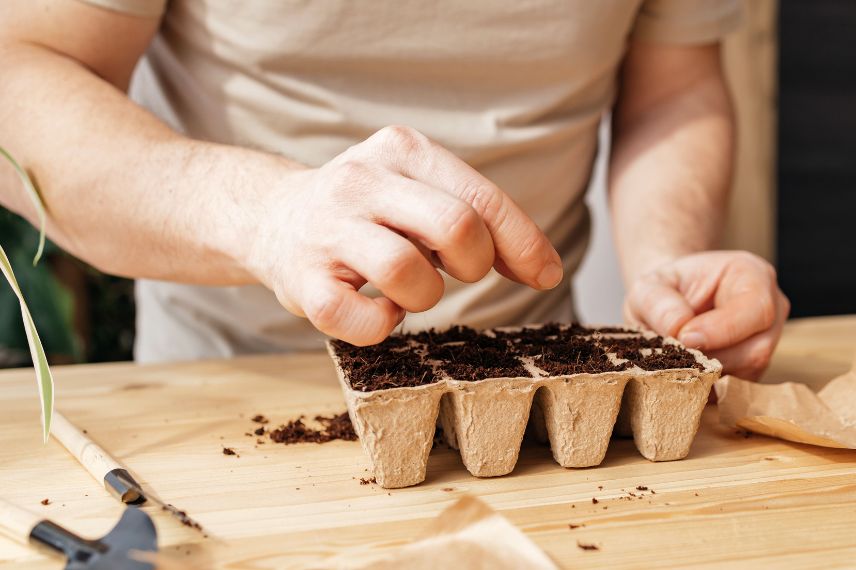
As soon as first leaves appear, acanthus can be transplanted into garden. Be gentle to avoid damaging still-fragile root system. Choice of turf buckets can help at this stage, as they can be planted as they are into ground. Wait until last risks of frost have passed before this final step.
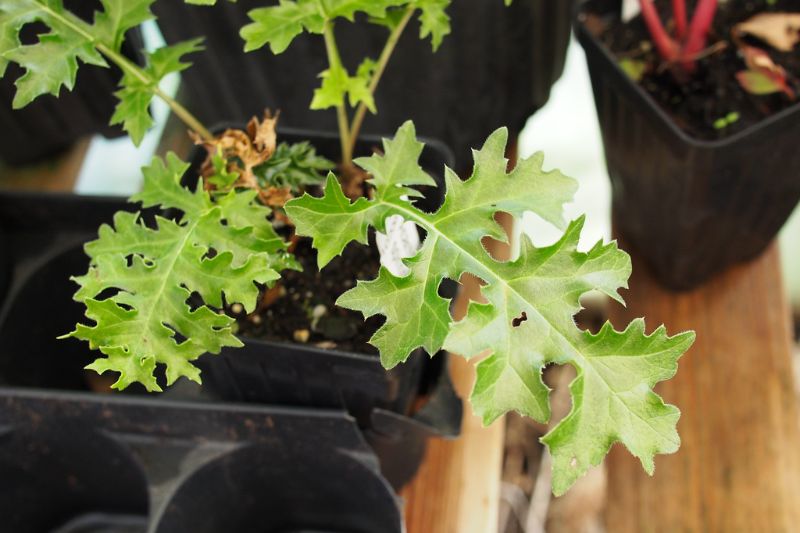
Sowing in ground
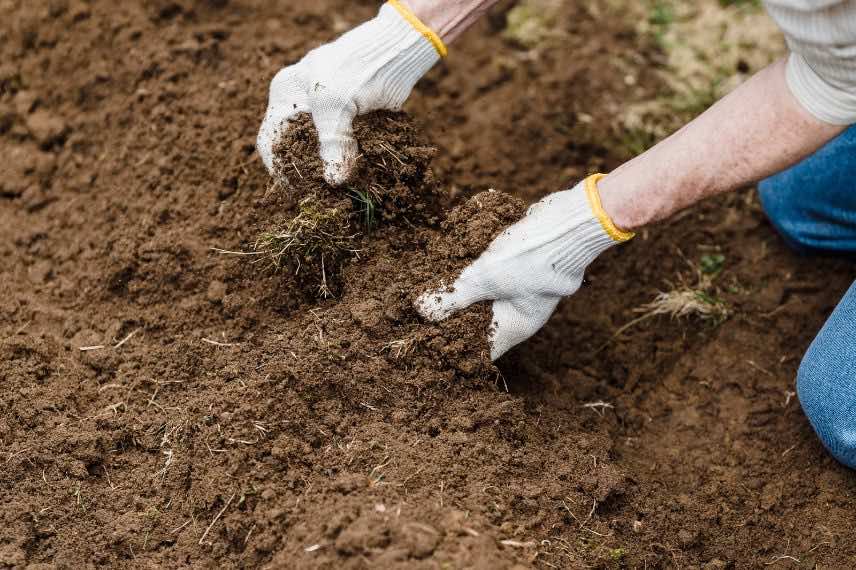
- Prepare area for future sowing by removing weeds, plant debris and any large stones or pieces of wood. If soil is heavy, break up clods and add sand for drainage. If soil is very light, mix with horticultural compost or well-rotted home compost.
- Rake or fork surface so area is smooth and well aerated.
- Scatter seeds on surface, spacing them a few centimetres apart.
- Cover with a thin layer of soil or compost.
- Firm lightly with back of hand.
- Water and keep moist until germination.
Once seedlings have first leaves, thin out keeping only most vigorous specimens, spaced 60–80 cm apart. You can transplant others to a different spot in garden.
Equipment needed
Under cover sowing
- buckets, conventional or biodegradable;
- seed compost or horticultural compost mixed with sand;
- compost (facultative);
- mister or watering can with fine rose.
Sowing outdoors
- weed knife;
- hand rake or hand fork;
- seed compost or horticultural compost mixed with sand;
- compost (facultative);
- mister or watering can with fine rose.































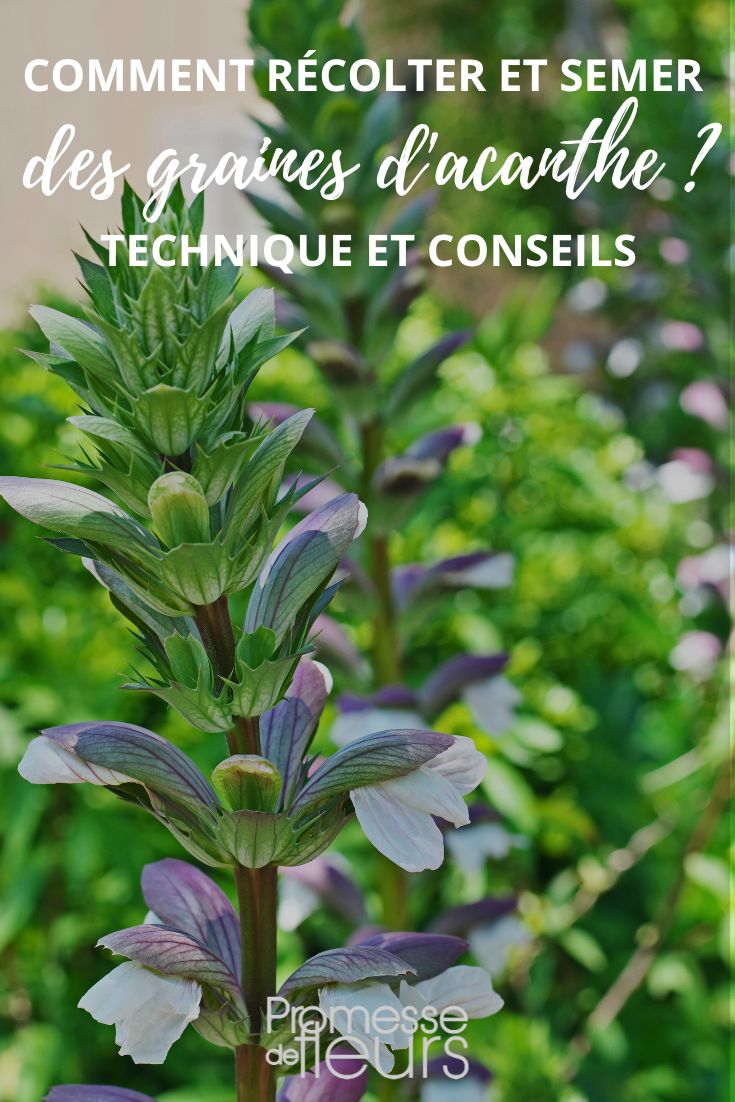
Comments